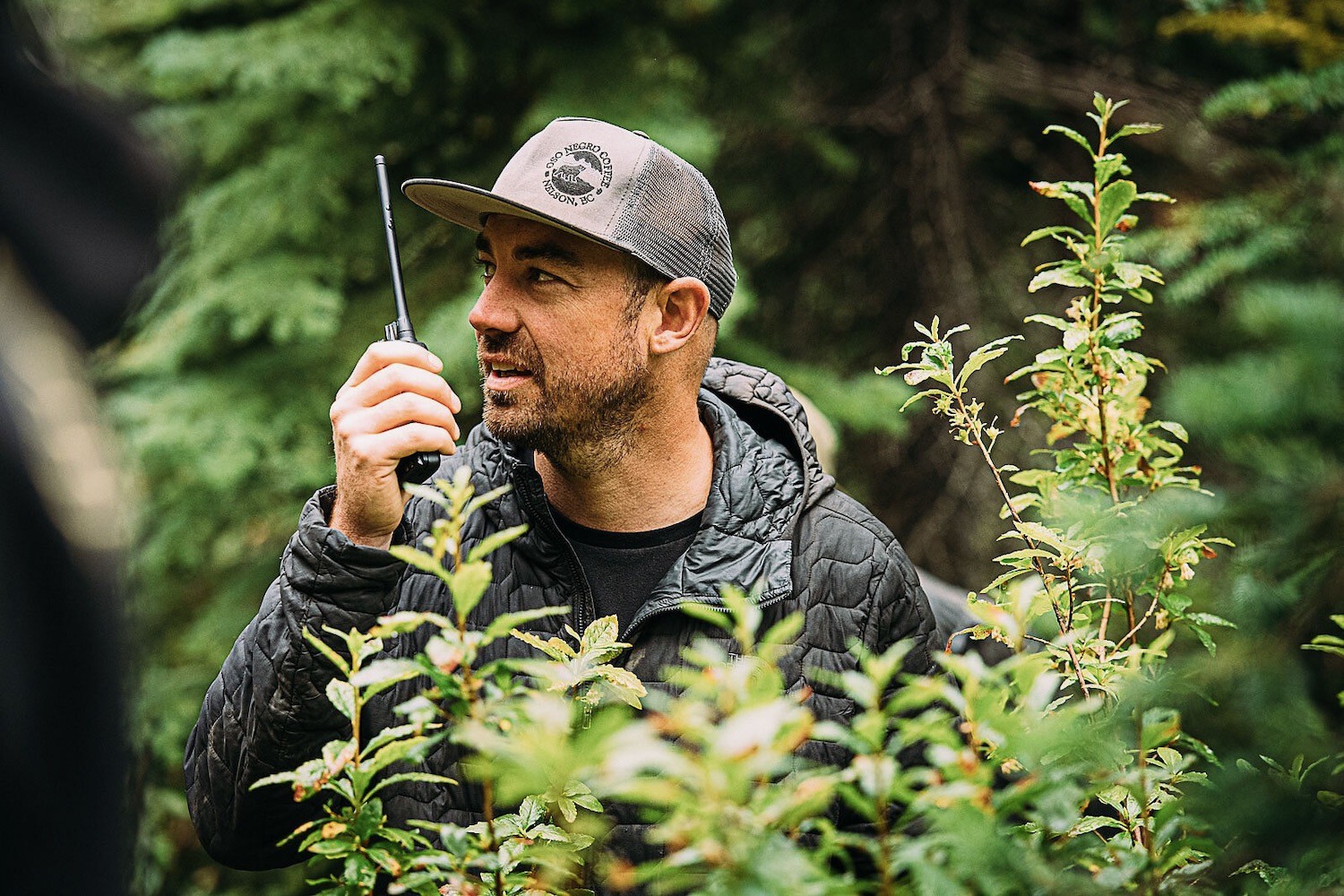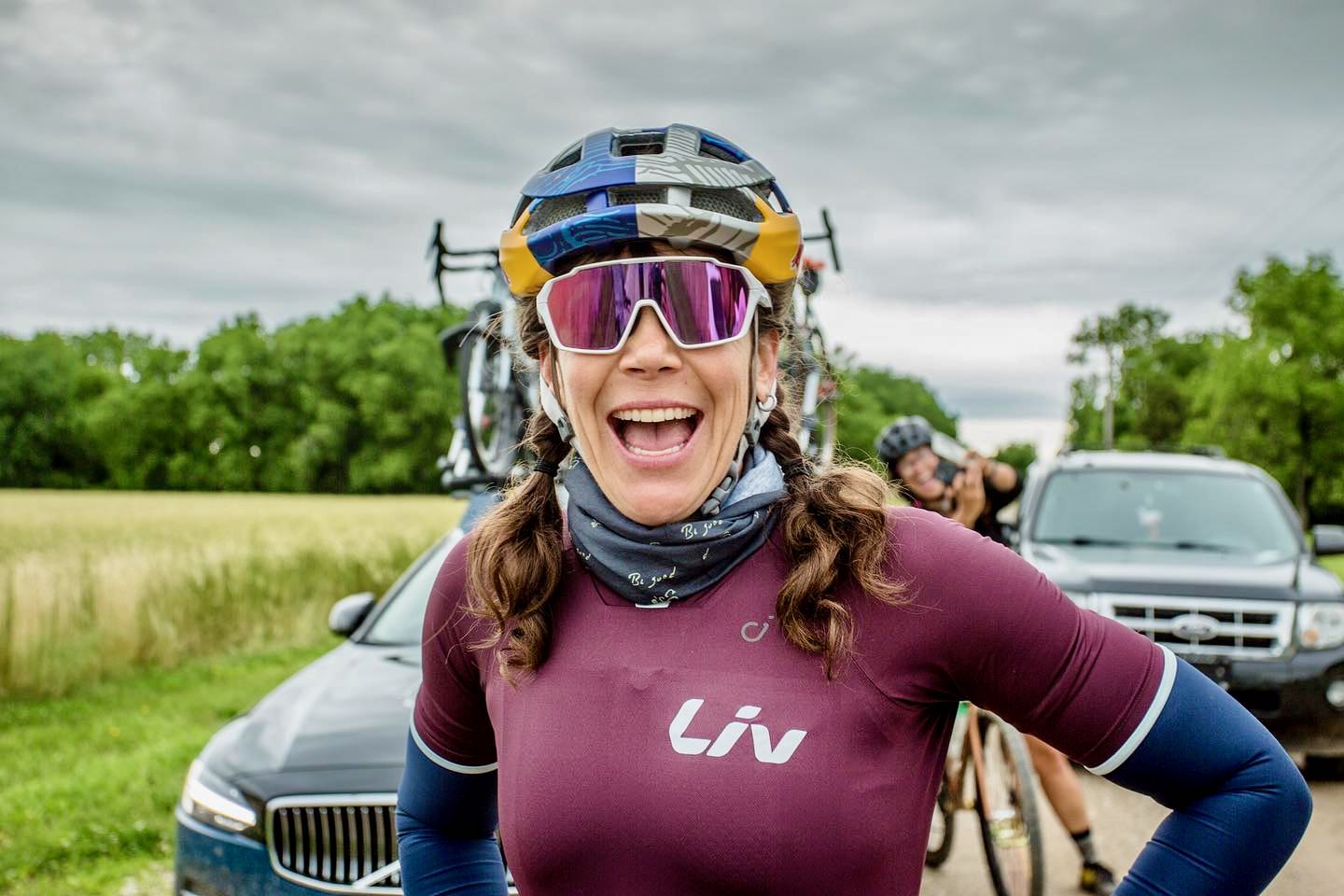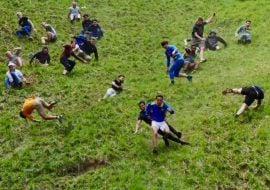3 Tips to Avoid Injury on the Mountain Bike


How To Avoid Injury Mountain Biking
As a physio, I am often surprised by the range of injuries mountain bikers can present with… they sure like to keep us on our toes! Quite often though, the injury could have been avoided by a few simple changes in the bike setup or by using the right equipment.
Here are 3 simple tips to help you avoid an injury:
Check seat height
Getting your seat height right is pivotal to not only ensure a comfortable and energy efficient ride, but to avoid developing overuse injuries or heading over the handlebars.
Having the seat too high diminishes power because your leg muscles have to work in a non-optimal range. This can cause your pelvis to rock side to side to try to maintain stability, which will then cause fatigue of your gluts, spine and upper body much quicker. It will also put excess strain on your hamstrings and calf muscles, potentially causing pain at the back of your knee or your lower back.
Having the seat too low increases the amount of knee flexion (bend) during seated pedaling, which can cause increased pressure on the kneecap and over time can cause knee pain. A low seat also places the hamstrings, gluts and calf muscles in a poor range, making you less efficient and likely to fatigue sooner.
For a typical mountain bike, you want your knee angle at the bottom of the pedal stroke to be between 10-15 degrees. Dropper seatposts are ideal to keep a good seat height for uphill pedaling then allow you to lower the seat so you can get your weight back for the downhill sections, decreasing your risk of getting pitched over the handlebars.

Seated leg extension example
Check wrist position
Wrist position is important to avoid putting excess pressure on your hands. Commonly if you are getting pins and needles or any pain in the hands when riding, your wrists are resting in an extended position and are compressing the nerves in the area.
You want your wrists to rest in a neutral position, so the forearms are aligned with your knuckles. If your wrists are extended, try dropping the breaks down. This should help your wrists stay in neutral when reaching for the breaks and will help your upper body absorb shock much better, therefore putting less pressure through your hands.

Wrist position example
Invest early
When starting out, you may just be trying to get your hands on anything that works. However over time if you are on a bike that is even slightly too big or too small, you tend to have to recruit incorrect muscles to get you up and down the hills. This can lead to you overloading areas such as your low back or neck and can cause injury to particular muscles or joints.
A dual suspension bike may be more expensive than a hard tail, but when you are learning, your skills are not as good at controlling the bike, therefore a dual suspension will roll over things easier, decreasing your risk of falling off. The shock absorption from a dually will also put less strain on your muscles and joints and allow you to recover better on the downhills.
Tyres and tyre pressure are also an important factor to consider, as they influence the control of the bike on different surfaces, therefore can influence your risk of losing control and coming off. Our national champs Bec Henderson and Dan McConnell ride on Mitas Tyres and will chose the particular type of tyre and pressure depending on the track conditions. Getting the pressure right will also make for a more comfortable ride and help preserve the body.
If mountain biking is something you are planning on doing regularly (which I highly encourage!), I suggest you invest early and focus on your setup, so you have the best experience and least chance of injury right from the start.
I am heading off to Europe next week to physio/soigneur for team #becanddan as they begin their 2017 World Cup season. I’ll be keeping you up to date with Bec and Dan’s journey as they head towards the World Championships in Cairns this September. Subscribe to radseason and follow me @physiophebe on instagram or facebook to keep in the loop and get around these two Aussie MTB legends! We hope to see you in Cairns!

Bec Henderson & Dan McConnell 2017 National MTB Champs. Feature photo credit: Russ Baker
Related Articles:
Mountain Biking Events To Watch In 2017
Staying Save In Your Next Big Adventure
Last updated on May 7, 2018Have you subscribed to our Newsletter or Podcast? Listen to us on Apple Podcast and Spotify and follow us on Facebook, Instagram Twitter and YouTube.








